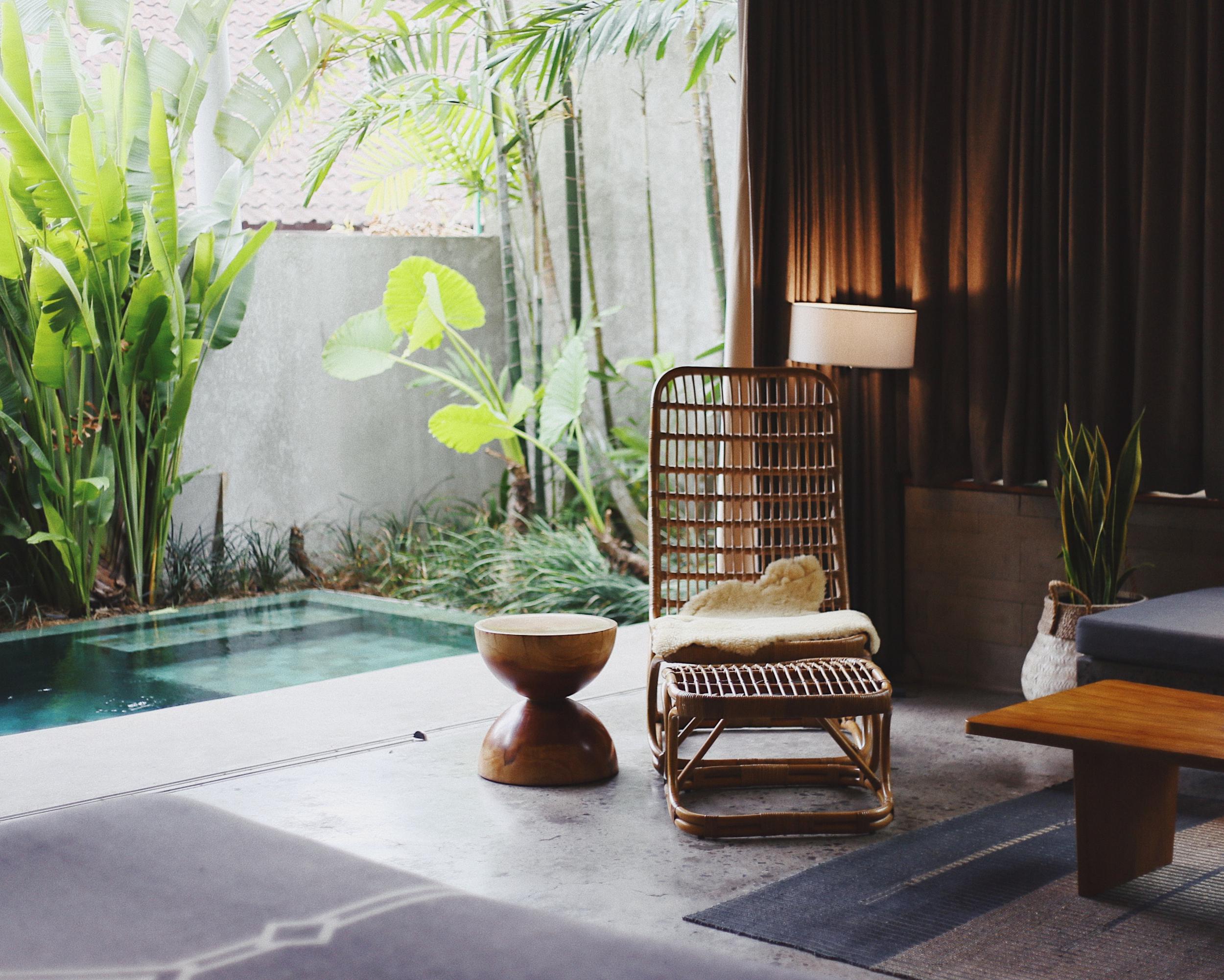
Whether you’re about to get your house built or want to make your current home reflect your eco-consciousness, there are several ways to achieve this.
But if you don’t know how and where to start, we’ve put together a list of Q&As so you’ll be on your way to making your home sustainable:
Any structure, whether a home or an entire building, that is found to be environmentally responsible and resource-efficient in its entire lifecycle, is considered green. These structures are built in a way that their overall environmental impact is greatly reduced.
In terms of residential structures, houses that make use of sustainable materials such as reused or recycled wood or renewable resources (e.g. bamboo, ferrock, and reclaimed wood) fit into this category. Moreover, the incorporation of energy-and water-efficient features is also essential.
If you are striving for home sustainability, there are several ways to achieve this. You can:
• Have a smart meter installed. A smart meter is a device which can regulate when to turn the heat on or off during the cold months of winter. This will not only reduce your carbon footprint but also help you save on utility bills.
• Get your walls, ceiling, and under-floor insulated for efficient heating and energy cost savings.
• Make use of solar energy. If you’re in the process of building a new house, you can have it orientated to harness maximum sunshine. You can have solar panels installed on your roofing structure, integrate solar water-heating, as well as passive heating options.
• Use energy-efficient light bulbs such as halogen incandescent bulbs, compact fluorescent lamps (CFLs), and light-emitting diodes (LEDs). They may initially cost more than traditional light bulbs, but they last longer and use less energy. If you’re about to get your house built, make sure you design to maximize natural light to reduce the need for artificial lighting.
• Choose to avoid using toxic building materials such as lead (e.g. in paints) and certain wood treatments for your home.
• Get a rainwater collection tank installed. Consider making use of water-efficient appliances and low-flow kitchen and bathroom fittings.
• Practice the principles of xeriscaping in your yard or garden – plant drought-tolerant native species and shade trees and vines to keep cool in the summer.
Based on some calculations, there is actually no substantial difference between the cost of building a sustainable home versus that of a conventional house of a similar size. This takes into account government green building incentives.
However, in the long term, building a green home promises substantial savings in the form of water and energy efficiency and savings on utility bills. The same can be said if you work on transforming your current home into a sustainable one.
On top of these benefits, you can also take comfort in realizing your goal of home sustainability, and making less of an impact on the environment.
Are you planning on embarking on your home sustainability project any time soon, but still have questions?
Call Team Contractors – we’re here to answer your questions and get your plan going.